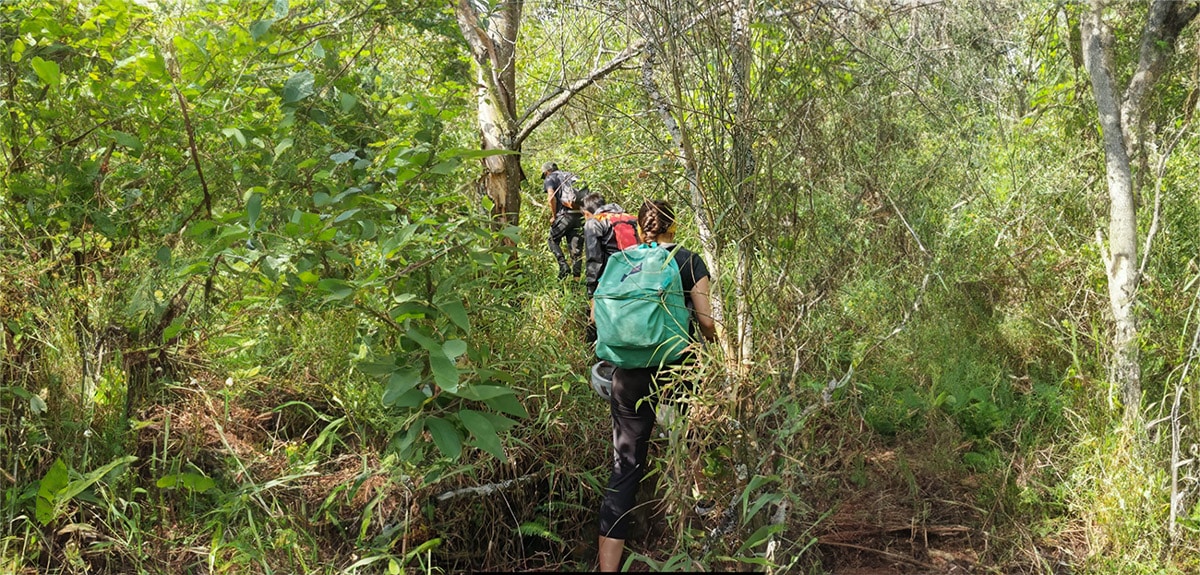The Importance of a Curriculum
The importance of a strong curriculum is often overlooked by teachers when traveling to another country to teach. As a foreign teacher, I believe there is an extra sense of responsibility that we mustn’t overlook. What is the extra responsibility? Our ability to offer cultural knowledge and contributing towards a more globalized ESL education.
If you work for a school or a university, the institution will have a curriculum prepared for you to follow. The curriculum may be detailed in terms of what material to use, and how to teach it. In many cases, especially small language institutes or volunteer positions, it might be more open-ended. The latter gives you more freedom to develop your own lessons and classes depending on the needs of your students. There are pros and cons for both – while one requires less class planning effort, the other gives you more freedom. Either way, there is a necessity to personalize it; to offer something truly unique to students.
Read: Cultural Considerations for Teaching English in Colombia
The Conundrum
Culture plays a large role in developing the themes of each class. To catch the attention of students you might decide to focus the class on food, movies, or even the news. However, the conundrum starts when you create your lesson plan for that class – do you focus on English speaking countries? North America and Europe? What if your students have never traveled to Europe and cannot relate to their culture? At this point, you think, well, there is an easy solution to this. If tomorrow’s class is about ordering food at a restaurant in Canada, I can assign some homework. Go online and research famous Canadian dishes, so we can discuss them in class. Easy-peasy! There are two problems with this – it is not guaranteed that every student in your class has access to the internet. Secondly, chances are only two students in your class are interested in Poutine.
The Western Perspective
ESL curricula in Colombia tends to focus on western English speaking countries. At first, I truly believed this was okay. What’s wrong with focusing on countries that speak the language students are learning? After all, when I learned French in school, the lessons would discuss Paris, the French countryside, and TGV (French train service). Reflecting back on it, was the French I learned useful? Did I ever come across having to order escargot at a restaurant in Paris? Not yet.
Read: Teaching English Abroad in Colombia: Lifestyle and Tourism
Food for Thought

My big lightbulb moment happened when teaching everything food-related to my students over a term. We started the first few classes discussing cooking verbs. We had spoken about how to cook chicken parmesan and discussed its ingredients. Around week two, we had learned verbs and quantifiers – it was now time to create recipes. However, to my surprise, most students picked Colombian dishes. “Teacher, how do you say bandeja paisa?” (a dish from Medellin, Colombia), “Teacher, how can I translate ajiaco?” (Chicken and potato soup from Bogota, Colombia). What! I thought I had taught my students all the possible vocabulary and verbs to discuss food. The reality was – I still hadn’t provided them enough tools to talk about dishes they were familiar with. I had assumed they would talk about dishes I was familiar with; western dishes like in the lesson plans. How is that fair of me to ask? What are the chances of 100% of my students ordering chicken parmesan at an Italian restaurant in downtown Toronto? Yet what are the chances of them bumping into an English speaker in Bogota asking them what an ajiaco is?
Culturally Balanced Curriculum
We as teachers tend to associate the English language with English speaking countries – mainly North America and the UK. ESL curricula also creates a link between the English language to western cultures and its practices. However, the English language is not exclusive to the Western world as it once was. The needs of our students have also evolved. In Colombia, many students want to learn English to communicate with English speakers who are living in Colombia. For example, a nurse who normally deals with Spanish speakers might come across an English speaking patient one day. Or a tour guide who wants to offer his services to a wider range of travellers. ESL curricula or what we make of them need to be more open to addressing the needs of its audience. For example, ESL curriculum in Canada directed towards immigrants and newcomers always focuses on the basic needs they might have. It is exclusive to the needs of its audience – students will leave the classroom and use the English they learnt. Why not make our lessons more in tune with the needs Colombians have as ESL students?
Become a TESOL certified teacher and teach anywhere in Colombia!
A Moment of Reflection
Don’t get me wrong-a successful ESL curriculum should not be all about the country you are teaching in. Ultimately, as a foreign ESL teacher, what makes us unique is our culture and background. We can 100% talk about ordering Chicken Parmesan at a restaurant in downtown Toronto – if it’s relevant to the class. Yet it is essential to take the time to plan out the overall goals you want to achieve with students. This reflection could be a combination of things outside the guidelines of the curriculum – if it’s beneficial. Think about your class goals, your audience, their needs, perhaps institutional needs. At the end of the day, ESL classes need to be about helping our students learn and use the language. If we are too involved in teaching students from one perspective, chances are we could lose their interest. Or worse – we have spent our time teaching them something that is not relevant to their lives.
The Bottom Line
In today’s globalized world, so much has changed from what it once was including the need for learning English. Back in the day, people learned English in order to settle down in an English speaking country. It made sense to focus on the western world, yet we cannot continue using the same concepts anymore. This is not necessarily the reason for learning another language today. This change needs to translate into our ESL curricula in order to offer relevant education – especially teaching in another country.
Teach English in Colombia with the 120-hour Advanced TESOL certificate






In this article, I see your passion for developing curriculum that speaks to the needs of population in the article. You explain the conflicting dynamics of receiving an already planned curriculum and teaching it to a class. This leaves out the essential question of who is your audience and how you can best help your students learn a new language. I loved your insight Hyzel! I cannot wait to read the next article